Issue:
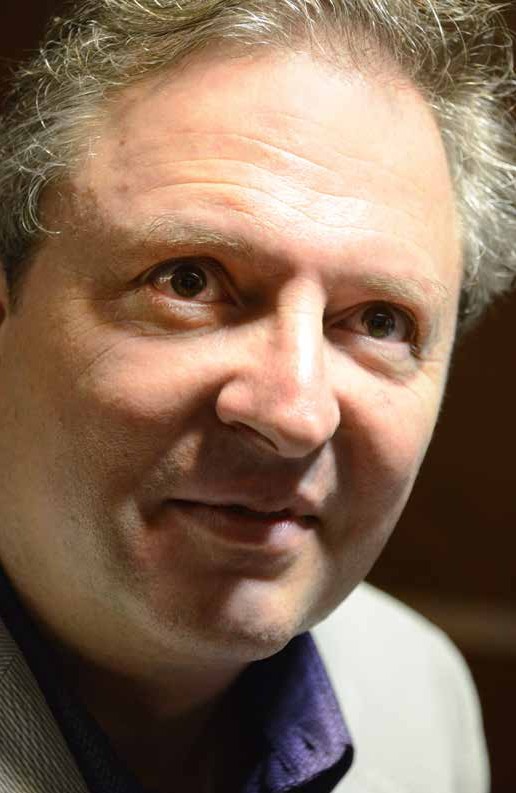
Above, Stefano at the Club in 2015; opposite, clockwise from top, as the only foreign correspondent on Emperor Akihito’s trip to Vietnam; with the author (center) and friends on an FCCJ ski trip; when a young man.
Stefano Carrer, 59, our long-time friend and colleague, passed away on May 21, in Italy. He was returning from a whole day of hiking near his home city, Como, where he he was serving the lockdown period at his parents’ old house. He was late, and called his relatives who were waiting for him to join them at dinner. “Sorry I’ll be late,” he said. “Please go ahead. And don’t worry.” They didn’t. They should have.
Sometime after that call, at around 7:30 pm, he disappeared. Rescue teams, which are very efficient in Italy thanks to thousands of volunteers and experienced alpine guides, started to look for him in the middle of the night. It took them two full days, a helicopter and several drones to find his body at the bottom of a very steep ravine. We can only hope that he died immediately, without any painful suffering. Aldo, his brother in law, joined the rescue team and formally identified the body. He also made sure nobody else saw it.
Stefano was an FCCJ member for the last 20 years or so. A senior member and mutual friend once called him “the good Italian,” as compared to the bad one, me. He was right. For as much as I could be nasty, irreverent and (at times) furious, he was always gentle, polite, patient, and reasonable.
THE TRIPLE TRAGEDY OF March 11, 2011 brought us very close. On the very first night of the earthquake I called him and told him of my intention to try to reach the Sanriku coast and possibly Fukushima Daiichi on my scooter. My intention was just to let him know, something colleagues usually do in emergencies. I never expected him to ask me, “Do you have a spare helmet?” But he did; and I did.
In a matter of minutes we hit the road in the direction of Fukushima in the middle of the night, doing live reports here and there on Skype, which we were both using for the first time. Unfortunately, the road was totally blocked after Iwaki, so we had to return to Tokyo, wondering what to do. He was the one who had the brilliant idea to fly “beyond the battle field”: if we can’t reach from south, he said, let’s get there from the north.
We boarded the last flight to Akita (Haneda airport would close shortly after) and went on a hectic and quite unusual quest for a car. (Eventually we got one for free from a small public-works contractor who was a fan of Nakata and Moritomo, the famous Japanese soccer stars who use to play in Italy.) We reached a totally devastated city of Kesenuma at dawn. We were the first foreigners there, reaching it even ahead of the Self Defense Forces.
Among the first people we met was an old man walking amid the ruins of his home. When he heard us speaking he smiled at us, like only Japanese people are able to do even in the most tragical situation, and welcomed us in perfect Italian. We later found out he was a leader of the Japanese rowing team at Rome Olympics, back in 1960. We continued exchanging nengajo from then until he passed away last year.
AFTER ONE FULL DAY driving south along the coast, we finally reached our destination right in front of the main entrance of the Fukushima Daiichi Nuclear Power Plant. There were no check points, only a couple of unattended road placards that read: “danger, traffic subjected to regulation.” I would never have imagined Stefano could be so fearless and brave, determined to get our story out.
Stefano pursued a journalist career, specializing in economy and finances, after graduating with a law degree. After a few years as a stringer in the US, he was hired by the the prestigious economic newspaper Il Sole 24 Ore, the Italian equivalent of the Financial Times or Nikkei Shimbun. Japan was his dream, although nobody really knows what was the first impetus that drew him here. There must have been some personal reasons, probably an early love affair. He never married, but was very successfull in getting women’s attentions until he settled for the love of his life, Keiko, whom he was probably going to marry, in the end.
From his first moments in Japan on a formal assignment, he produced hundreds of stories—and, more recently, short videos—not only on the economy and finances. He was curious, deeply cultured, thanks to his classic studies, and a voracious reader. His stories, even the “driest” ones, always featured some proof of his deep understanding of the history, culture and tradition of Japan and East Asia.
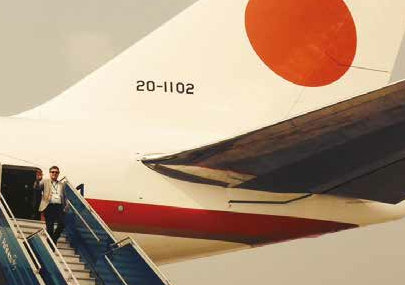
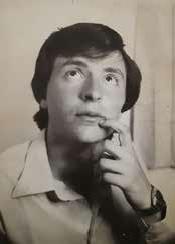
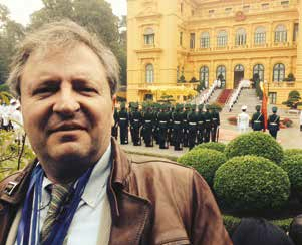
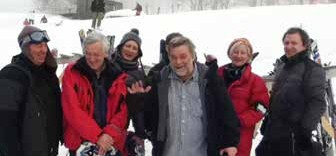
Quite often, he also competently covered China, despite a very difficult relation with the local colleague who saw him as a threat for her post. This internal conflict probably contributed to the recent decision by the paper’s bosses to close both offices, leaving East Asia with no resident correspondents. Stefano accepted the decision, of course, but was despondent and frustrated by the move. The last time I met him in Italy, back in February, he mentioned for the first time that he was looking forward to retirement, something that was hard for me to imagine.
Besides being a great and competent collegue and a very close friend, Stefano was a very active person. We would play tennis here in Tokyo and he used to join a sort of FCCJ ski club that we informally created a few years ago, along with Anthony Rowley, Joan Anderson and several other mutual friends. We will always treasure deep in our hearts the memories of our off-piste slopes and wild onsen adventures in wonderful, wild Hakkoda in Aomori prefecture.
Ciao Stefano, we will all miss you very much.
Pio d’Emilia is the East Asia Correspondent for Italy’s Sky TG24.

